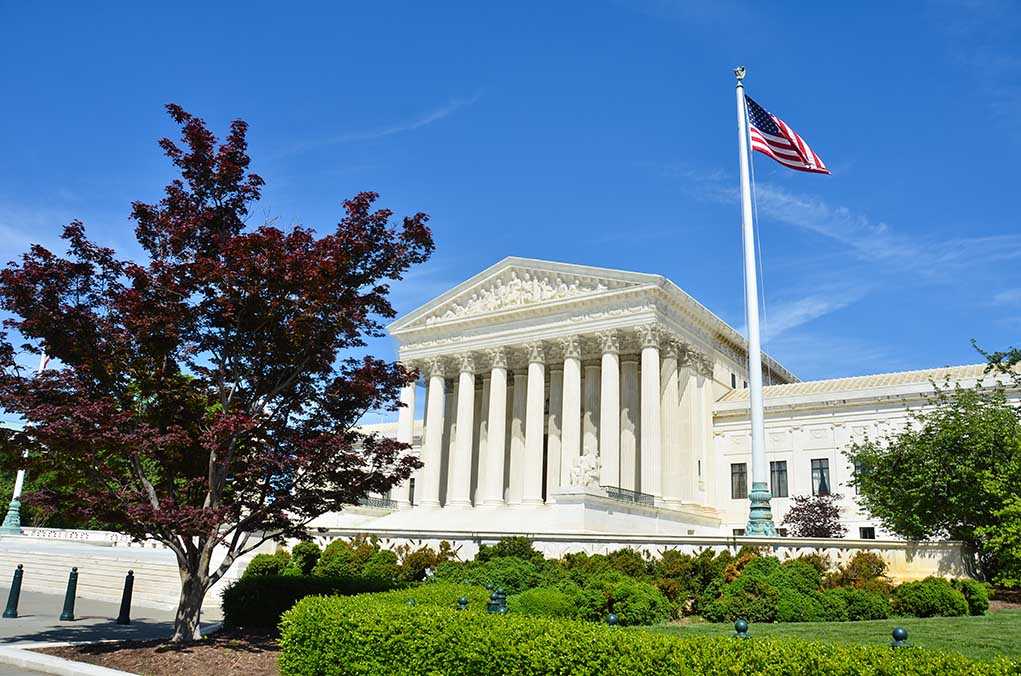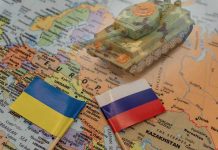
Federal agencies recklessly distributed $79 billion in pandemic relief funds to applicants using stolen or invalid Social Security numbers, exposing a catastrophic failure in government oversight that leaves taxpayers footing the bill for what may be the largest fraud in American history.
Key Takeaways
- Federal agencies disbursed nearly $80 billion in pandemic funds to applications with stolen or invalid Social Security numbers across three major relief programs
- The Pandemic Response Accountability Committee (PRAC) identified approximately 1.5 million potentially fraudulent applications that received funding
- Basic identity verification measures, such as cross-referencing Social Security numbers with birth dates, were abandoned in the rush to distribute funds
- The estimated fraud includes $55.8 billion in Economic Injury Disaster Loans, $13.8 billion in Paycheck Protection Program loans, and $9.8 billion in unemployment payments
- Nearly 12,000 applications used Social Security numbers belonging to deceased individuals
Massive Fraud Exposed in COVID Relief Programs
A stunning investigation by the Pandemic Response Accountability Committee (PRAC) has revealed that federal agencies distributed nearly $80 billion in pandemic relief funds to applicants using fraudulent Social Security numbers. The committee’s review of a sample of 662,000 applications found 24,000 inconsistencies with Social Security Administration records, including invalid numbers, mismatched birth dates, and wrong names. When extrapolated across all applications, this suggests an estimated $79 billion in potentially fraudulent disbursements, representing a catastrophic failure in government oversight and proper stewardship of taxpayer dollars.
“When program guardrails were removed during the pandemic, a substantial amount of funds were rapidly disbursed without proper identity verification,” stated the PRAC.
The fraud was spread across three major pandemic assistance programs: $55.8 billion in Economic Injury Disaster Loans (EIDL), $13.8 billion in Paycheck Protection Program (PPP) loans, and $9.8 billion in unemployment payments. These figures are particularly disturbing as they represent just one type of fraud – identity deception – and don’t include numerous other fraudulent schemes that plagued the $4.6 trillion COVID relief effort. Previous audits have estimated total improper or fraudulent payments across these programs at a staggering $400 billion.
How Government Failed to Prevent the Theft
The massive fraud was made possible by the Biden administration’s inexplicable decision to remove basic program safeguards during the pandemic. In their rush to distribute funds, federal agencies abandoned fundamental identity verification measures that could have prevented much of the theft. Simple cross-checking of Social Security numbers against birth dates would have flagged many fraudulent applications, yet these basic protections were cast aside. The Paycheck Protection Program didn’t even require applicants to provide birth dates, making it impossible to verify the authenticity of Social Security numbers used in applications.
“Implementing pre-award verification helps streamline the vetting process before disbursal, preventing fraudulent payments from going out and ensuring that funds are disbursed with additional program integrity controls,” the PRAC stated.
The PRAC’s investigation revealed even more shocking details: nearly 12,000 applications used Social Security numbers belonging to deceased individuals, yet these were not even included in the $79 billion fraud estimate. This suggests the actual scale of fraud may be substantially higher. The Small Business Administration (SBA) received an additional $957 billion for its relief programs, while the Department of Labor (DOL) received $695 billion for unemployment insurance, creating an enormous pool of poorly supervised funds vulnerable to exploitation by fraudsters both domestic and international.
Recommendations and Political Response
In response to these findings, the PRAC has recommended implementing a Social Security number verification system for future emergency programs. They’ve emphasized that their data analytics capabilities allow them to identify potential fraud before it occurs by comparing agency data with applicant information. However, these recommendations come far too late for the trillions already distributed with minimal oversight. The damage to American taxpayers has been done, and recovering these funds will be nearly impossible given the scale of the fraud and the time that has elapsed.
“Our oversight work during the past five years has detailed federal agencies’ inability to use data to effectively prevent pandemic-related fraud. By contrast, the PRAC’s sophisticated data analytics capabilities allow us to look across federal agencies and programs to identify potential fraud before it occurs by comparing agency and other data with applicant-provided information, such as IP addresses, dates of birth, bank accounts, and home addresses. As today’s report demonstrates, this data analytics capability can strengthen program integrity and prevent billions of dollars in fraud, ensuring taxpayer funds are paid to legitimate applicants,” said PRAC Chairman Michael Horowitz.
President Trump has repeatedly criticized the Biden administration’s management of pandemic relief programs, pointing to this massive fraud as evidence of governmental incompetence and waste. Some Republican lawmakers are now advocating for legislation to extend the statute of limitations for prosecuting COVID-19 aid fraudsters, though such efforts face significant challenges. The full extent of pandemic aid fraud remains unknown, with investigations ongoing and new schemes still being uncovered years after the initial disbursements.
Randon sampling of CV19 Aid Money or 662K of 67.5 million claims Over 24K used fraudulent or stolen @SocialSecurity numbers to steal 10s of billions from the Treasury.
MY OPINION FROM EXPERIENCE – Most of the stolen money extracted by criminals was aided by collusive insiders…
— Miranda C. Bell Reporting NMS15a Felony Crimes (@truthsearch1957) June 7, 2025
The True Cost to American Taxpayers
The $79 billion in fraudulent payments identified by the PRAC represents just one aspect of the wasteful pandemic spending that has contributed to the inflation crisis currently plaguing American families. The rush to distribute $5 trillion in relief funds with minimal oversight has not only enabled unprecedented fraud but also fueled inflation through excessive money printing. Every dollar stolen through fraudulent applications is a dollar that American taxpayers must ultimately repay, with interest, as part of the national debt. The removal of basic program safeguards wasn’t merely an administrative oversight—it was a fundamental abdication of fiscal responsibility.
“Had the SBA required PPP applicants provide DOB information in the PPP application, as COVID-19 EIDL and Pandemic UI programs did, we would expect to have identified even more potentially stolen or invalid SSNs, as well as higher potentially fraudulent payment amounts in our PPP estimates, because there would have been one more data point (i.e., DOB) to check against SSA’s records,” noted the PRAC.
This massive fraud stands as a stark reminder of the dangers of unchecked government spending and the removal of accountability measures, even in times of crisis. The $79 billion lost to identity fraud alone could have funded critical infrastructure, border security, or meaningful tax relief for hardworking Americans. Instead, it enriched fraudsters who exploited a system deliberately stripped of basic verification requirements. As President Trump works to restore fiscal discipline to the federal government, addressing the weaknesses exposed by this catastrophic failure must be a priority to prevent similar fraud in the future.











